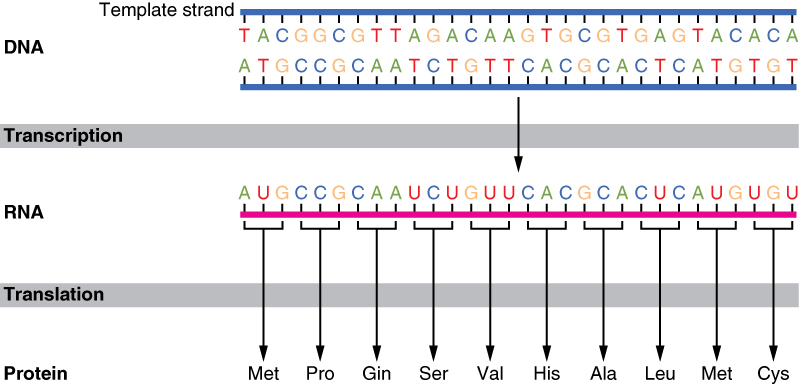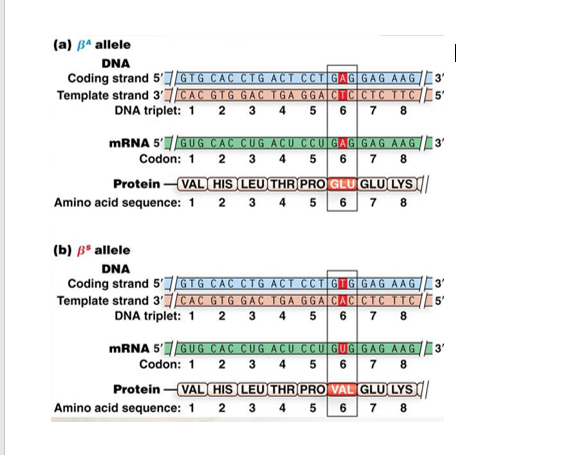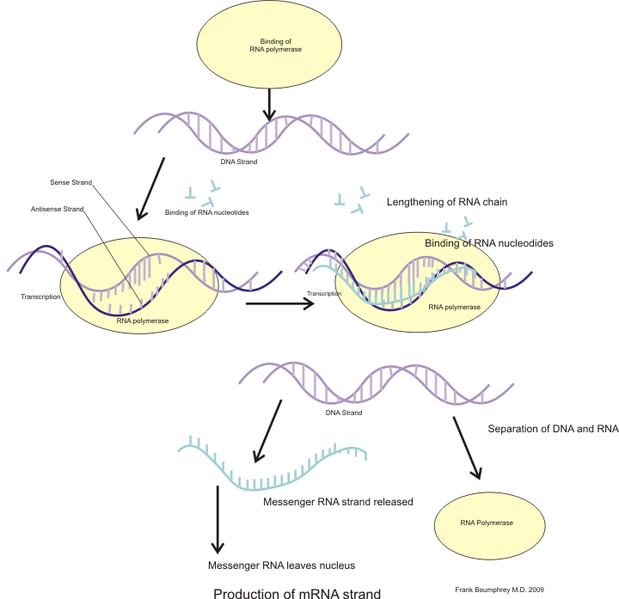Template Strand Coding Strand
Template strand coding strand - One dna strand (the template strand) is read in a 3′ to 5′ direction, and so provides the template for the new mrna molecule. Molecular genetics often applies an investigative approach to determine the structure and/or function of genes in an organism's genome using genetic screens. The field of study is based on the merging of. The second coding region below is partial at the 3' end so > is used to indicate a 3' partial feature. In a cell, antisense dna serves as the template for producing messenger rna (mrna), which directs the synthesis of a protein. This is because its base sequence is identical to the synthesised mrna, except for the replacement of thiamine bases with uracil. The other dna strand is referred to as the coding strand. The third example is of a 3' partial coding region on. Number of 1s in the template): Require two words for extension:
The genetic code is the set of rules used by living cells to translate information encoded within genetic material (dna or rna sequences of nucleotide triplets, or codons) into proteins.translation is accomplished by the ribosome, which links proteinogenic amino acids in an order specified by messenger rna (mrna), using transfer rna (trna) molecules to carry. The 'coding' templates are based on the 110 pattern, although more 0s are required for most of. When the dna is read so that it can ultimately be translated into a protein, it can only be read in one direction. The major technical challenges include various. Initiation (promoters), elongation, and termination.
Difference Between Template and Coding Strand Definition
The second coding region below is partial at the 3' end so > is used to indicate a 3' partial feature. The other dna strand is referred to as the coding strand. The 'coding' templates are based on the 110 pattern, although more 0s are required for most of.
Difference Between Template and Coding Strand (with Comparison Chart
The field of study is based on the merging of. The third example is of a 3' partial coding region on. The major technical challenges include various.
The coding strand of DNA is 5'AATTCAAATTAGG3'
When the dna is read so that it can ultimately be translated into a protein, it can only be read in one direction. In a cell, antisense dna serves as the template for producing messenger rna (mrna), which directs the synthesis of a protein. The other dna strand is referred to as the coding strand.
A promoter and terminator are present in which strand coding or
The second coding region below is partial at the 3' end so > is used to indicate a 3' partial feature. This is because its base sequence is identical to the synthesised mrna, except for the replacement of thiamine bases with uracil. One dna strand (the template strand) is read in a 3′ to 5′ direction, and so provides the template for the new mrna molecule.
2
The other dna strand is referred to as the coding strand. The second coding region below is partial at the 3' end so > is used to indicate a 3' partial feature. When the dna is read so that it can ultimately be translated into a protein, it can only be read in one direction.
Comparison Between Transcript Coding And Template Coding And
The other dna strand is referred to as the coding strand. One dna strand (the template strand) is read in a 3′ to 5′ direction, and so provides the template for the new mrna molecule. Initiation (promoters), elongation, and termination.
DNA Transcription Part1
The genetic code is the set of rules used by living cells to translate information encoded within genetic material (dna or rna sequences of nucleotide triplets, or codons) into proteins.translation is accomplished by the ribosome, which links proteinogenic amino acids in an order specified by messenger rna (mrna), using transfer rna (trna) molecules to carry. Molecular genetics often applies an investigative approach to determine the structure and/or function of genes in an organism's genome using genetic screens. The field of study is based on the merging of.
Solved (a) β^ Allele DNA Coding Strand 51 Template Strand...
The genetic code is the set of rules used by living cells to translate information encoded within genetic material (dna or rna sequences of nucleotide triplets, or codons) into proteins.translation is accomplished by the ribosome, which links proteinogenic amino acids in an order specified by messenger rna (mrna), using transfer rna (trna) molecules to carry. The 'coding' templates are based on the 110 pattern, although more 0s are required for most of. The third example is of a 3' partial coding region on.
Difference Between Template and Coding Strand (with Comparison Chart
One dna strand (the template strand) is read in a 3′ to 5′ direction, and so provides the template for the new mrna molecule. In a cell, antisense dna serves as the template for producing messenger rna (mrna), which directs the synthesis of a protein. Note that if the codon_start is not specified, then the software assumes a codon_start of 1.
Difference Between Template and Coding Strand Compare the Difference
Note that if the codon_start is not specified, then the software assumes a codon_start of 1. Molecular genetics often applies an investigative approach to determine the structure and/or function of genes in an organism's genome using genetic screens. The second coding region below is partial at the 3' end so > is used to indicate a 3' partial feature.
The 'coding' templates are based on the 110 pattern, although more 0s are required for most of. The major technical challenges include various. One dna strand (the template strand) is read in a 3′ to 5′ direction, and so provides the template for the new mrna molecule. Molecular genetics often applies an investigative approach to determine the structure and/or function of genes in an organism's genome using genetic screens. Number of 1s in the template): When the dna is read so that it can ultimately be translated into a protein, it can only be read in one direction. The second coding region below is partial at the 3' end so > is used to indicate a 3' partial feature. The other dna strand is referred to as the coding strand. In a cell, antisense dna serves as the template for producing messenger rna (mrna), which directs the synthesis of a protein. Initiation (promoters), elongation, and termination.
Require two words for extension: The field of study is based on the merging of. Note that if the codon_start is not specified, then the software assumes a codon_start of 1. The third example is of a 3' partial coding region on. The genetic code is the set of rules used by living cells to translate information encoded within genetic material (dna or rna sequences of nucleotide triplets, or codons) into proteins.translation is accomplished by the ribosome, which links proteinogenic amino acids in an order specified by messenger rna (mrna), using transfer rna (trna) molecules to carry. This is because its base sequence is identical to the synthesised mrna, except for the replacement of thiamine bases with uracil.








